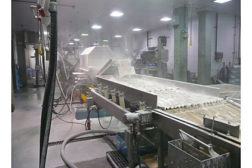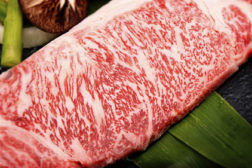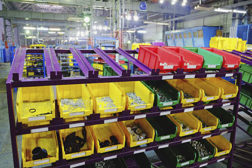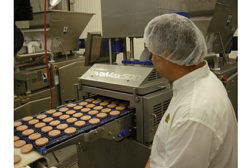Meat and Poultry Processing
How to choose the right conveyor for your operations
Sometimes, it can be like hitting a moving target when considering what conveyor is needed for each job.
Read More
Plant Design & Management
Repair equipment, or replace it?
Guidelines for processors to consider when determining whether to replace, repair or re-engineer equipment in their protein-processing plants.
Read More
Stay ahead of the curve. Unlock a dose of cutting-edge insights.
Receive our premium content directly to your inbox.
SIGN-UP TODAYCopyright ©2024. All Rights Reserved BNP Media.
Design, CMS, Hosting & Web Development :: ePublishing














